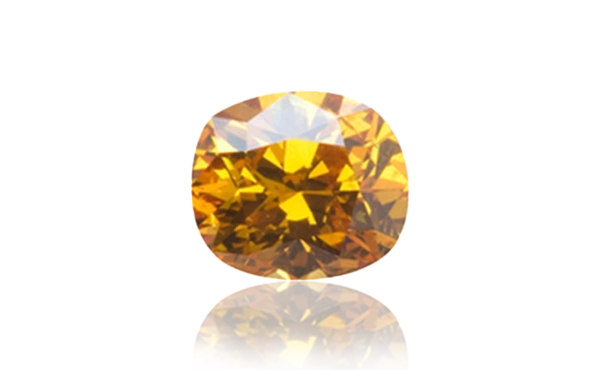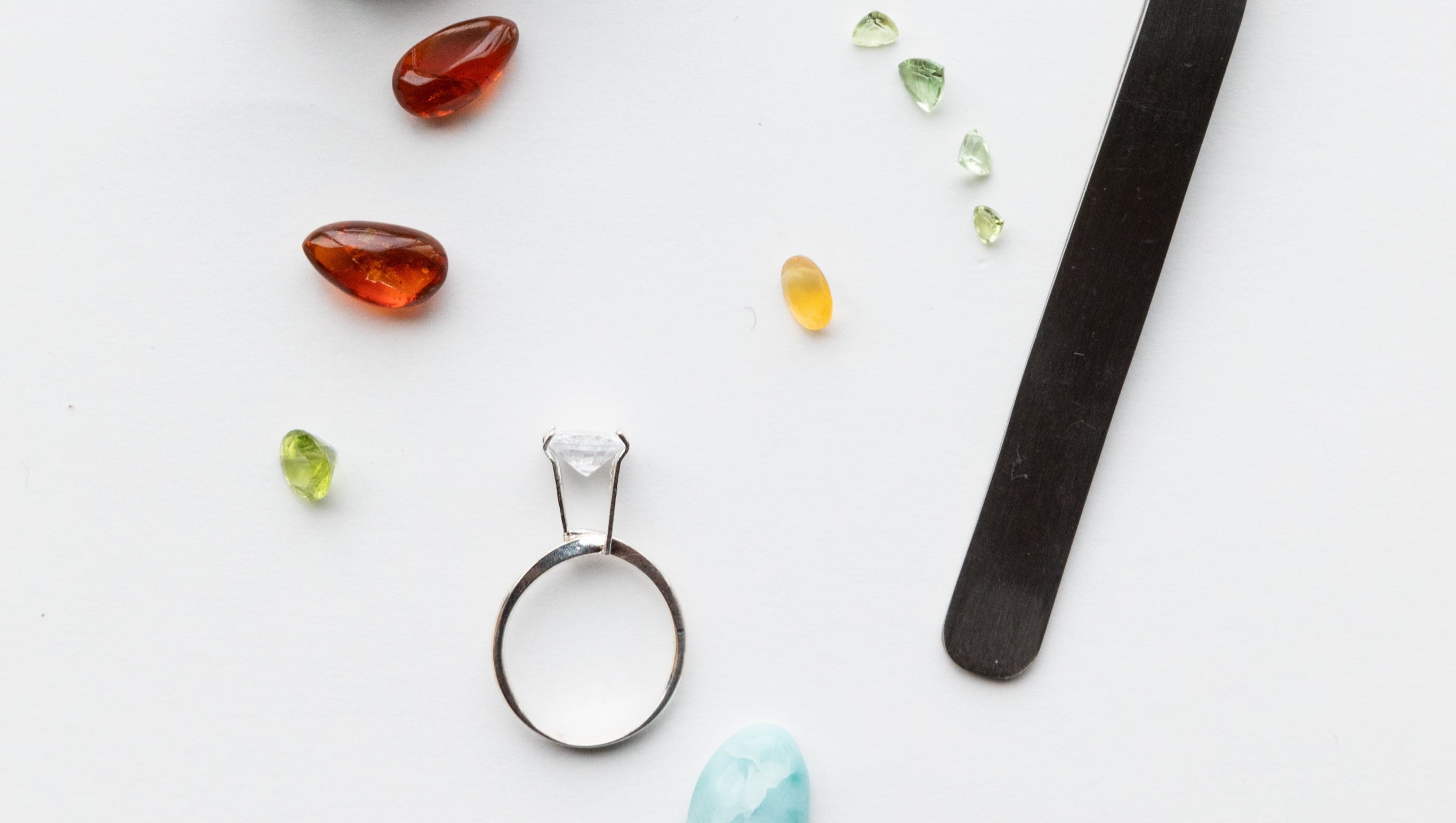
At 545.67 carats, it is the largest cut diamond in the world, even beating the Cullinan I by 15.47 carats. Nevertheless, the Golden Jubilee diamond remained relatively unknown for a long time, which is due to its yellow-brown colour, which many consider to be unsightly.
The 755.5-carat rough diamond, which later became the Golden Jubilee, was found in 1985 in the Premier Mine in South Africa and, despite its astonishing size, initially led a shadowy existence under the name Nameless Brown Diamond.
The Grinding of the Golden Jubilee
DeBeers decided to use the Golden Jubilee to test new cutting methods and tools. Gabriel Tolkowsky, a renowned expert in the field, quickly realized that cutting the Golden Jubilee was a complicated undertaking. The main problems were the large surface area of the gemstone, as well as its deep internal cracks and multiple inclusions , which meant that the process took a long time.
The final result was an amber-colored diamond in a fire-rose cushion cut with 148 symmetrically arranged facets . The special shape allowed relatively little of the overall weight to be lost.
Gabriel Tolkowsky said that at the heart of the Golden Jubilee lies a beautiful, mysterious shimmer that gives the diamond its very own character.
The Golden Jubilee in Thailand
The Golden Jubilee was brought to Thailand for the Thai Board of Investment Exhibition in the port city of Laem Chabang. While it went unnoticed in Europe, at this exhibition people flocked to admire the diamond.
In 1995, it also found Thai buyers and was given to King Bhumibol Adulyadej for his 50th anniversary on the throne. Today, the Golden Jubilee Diamond is on display in the Royal Museum in the throne hall of the Golden Temple in Bangkok and is one of the Thai crown jewels.
Its value is estimated at between four and 12 million US dollars.
Buy gemstones
Famous Diamonds
diamond color
Diamond Rating

